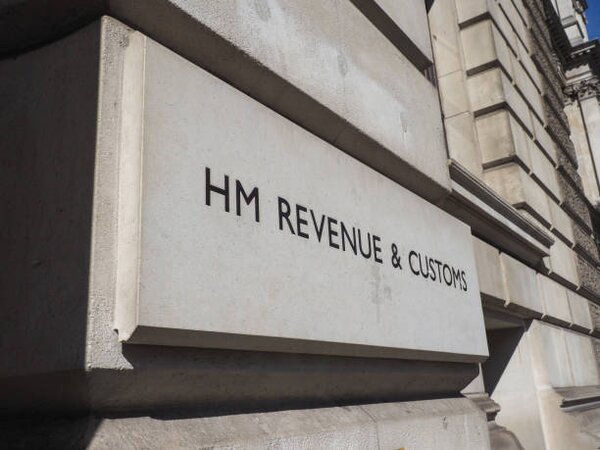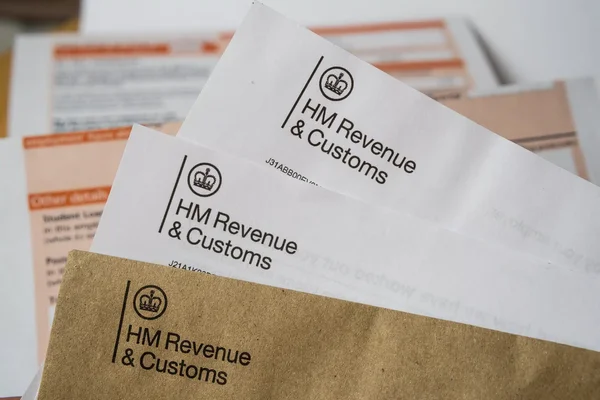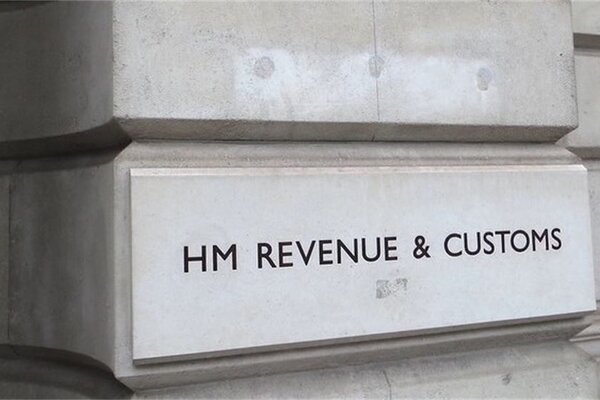New data from the Investment Association reveals a significant shift in the UK investment landscape: 57% of surveyed investors say they would consider investing in Long‑Term Asset Funds (LTAFs) once these become eligible for Stocks & Shares ISAs under the government’s upcoming Leeds Reforms.
These funds, launched in 2021, allow retail investors access to previously private markets such as infrastructure, private equity, and commercial property. With inclusion in ISAs slated for 2026, the reforms could redefine saving and investing in the UK. Interest in LTAFs skews younger, 77% of millennials and 70% of Gen Z investors say they are open to these products, compared to 41% of Baby Boomers.
Meanwhile, key motivations like protecting against inflation (76%), portfolio diversification (67%), and returns outpacing public markets (61%) are driving this appetite. This shift signals potential growth, not only for individual wealth building, but for capital allocation into UK innovation and infrastructure.
What Are LTAFs & Why the ISA Shift Matters
Long‑Term Asset Funds are FCA-authorised vehicles designed to invest in illiquid assets, assets you can’t buy or sell daily, such as infrastructure and private equity. Originally aimed at institutional investors, LTAFs are now opening to broader audiences. Their ISA inclusion under the Leeds Reforms is a key step in democratizing access to these assets.
Allowing LTAFs into Stocks & Shares ISAs lets investors enjoy tax advantages, no capital gains tax or dividend withholding, while tapping into longer-term, potentially higher-return asset classes. For many self-directed savers, this shift could expand investment opportunities beyond traditional equities and bonds.
Investor Appetite Unmasked by Generation
Younger investors show the strongest interest. According to the IA’s research, 77% of millennials and 70% of Gen Z would consider LTAFs in an ISA wrapper, compared to 41% of baby boomers. Uncertainty over interest rates and inflation resilience likely fuels this generational divide.
In addition, 80% of millennials said they are comfortable locking funds into illiquid investments if they deliver better outcomes, compared to 65% of baby boomers. This highlights a greater risk appetite and long-term planning mindset among younger cohorts
Top Motivations for Investing in LTAFs
Inflation protection: 76% cited this as a primary motivation for investing in private markets.
Portfolio diversification: 67% sought exposure beyond traditional asset classes.
Long-term growth: 61% believe private assets can outperform listed markets.
These motivations reflect broader concerns: low interest rates eroding cash savings and public equities offering limited upside in volatile conditions.

Investor Education & Risk Transparency Are Crucial
The Investment Association emphasises the need for clear disclosures around liquidity, fees, and management processes. About 65% of investors would be more likely to invest if they understood withdrawal timelines, while 69% need clarity on how their money is handled.
Moreover, 74% say they'd only commit money to an illiquid fund if they maintain a separate liquid buffer for emergencies. This highlights a cautious optimism: investors see opportunity but demand transparency first
A Wider Financial Ecosystem Shift
The UK’s Leeds Reforms, announced by Chancellor Rachel Reeves, aim to stimulate retail investment and reduce regulatory barriers across capital markets. LTAF inclusion is one key element in this broader push to democratise finance and boost domestic investment into UK enterprises.
By lowering hurdles for retail participation and enabling platforms to expand offerings, the reforms are designed to energise both consumers and UK businesses seeking capital.
Stakeholder Voices: Cummings & Industry Leaders
Chris Cummings, CEO of the Investment Association, states: “Broadening retail investor access to private markets has the potential to both increase individual returns for savers and drive economic growth.”
He emphasises that uptake will depend on education around liquidity trade-offs and product transparency. Industry voices, from asset managers like Aviva, Schroders, and BlackRoc, have already signalled intent to expand LTAFs once ISA access is confirmed. Even Morningstar analysts caution investors to scrutinise structure, fees, and liquidity before jumping in

Conclusion
The inclusion of LTAFs in Stocks & Shares ISAs represents a structural shift in UK investing, and most investors are paying attention. With 57% expressing interest, and younger generations leading the charge, there’s clear appetite for accessing higher-return, illiquid assets, especially in a world of persistent inflation and low cash yields.
But enthusiasm must be matched by understanding. Transparency around redemption terms, fees, and fund management is non-negotiable, something 65–74% of surveyed respondents say matters to them.
The government’s broader Leeds Reforms reinforce the push, linking tax wrapper flexibility with regulatory changes aimed at boosting retail investment and company capital raising. But policy momentum needs to be harnessed responsibly. Firms and advisors must focus on education and clear communication to help retail clients understand trade-offs.
If done well, ISA inclusion of LTAFs could not only build personal portfolios, but also help fund infrastructure and innovation across the UK, echoing the IA’s vision of "going long and going local."











